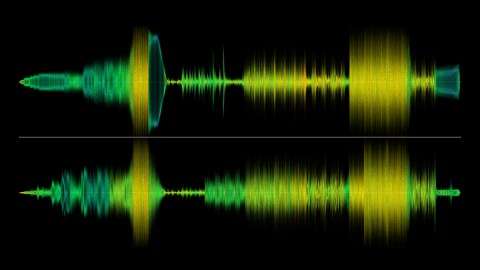The Art Behind the World’s 27 Most Recognizable Sounds

It’s called “branding.” It’s what happens when a company establishes an indelible visual identity for itself, most often through a symbol, or “logo — even a six year old sees the evocative arrow in the second “e” in “the Fedex logo.

FedEx
In the print era, a visual brand was all a company needed, but with the advent of radio, another element was added: sound. We may not notice how surrounded we are by now with “sonic branding,” but it is everywhere. A successful sonic brand immediately communicates what to expect, whether it’s a ringtone signaling an incoming call, the “whoosh” sound absolutely filling a movie theater with tooth-rattling THX sound, or a little “floop” at the end of a Skype call that makes it instantly obvious the call’s over. It’s also every bit the company and product identifier that a visual logo is — according to the video below, 90% of human beings know and recognize the Intel sound.
Andrew Stafford of Big Sync Music and Steve Milton of Listen are two experts on sonic branding, and WIRED recently put them through their paces by asking them to share their impressions of the ideas behind — and the techniques used in — many of the most familiar sounds of the last few decades. You’ll know what most of them are, but not why.
Some of the sounds the two discuss come from their own companies, each of which has an impressive roster of clients. (And if you’re somehow still not sure what sonic branding sounds like, put on some headphones before going to Big Sync Music’s home page.)




